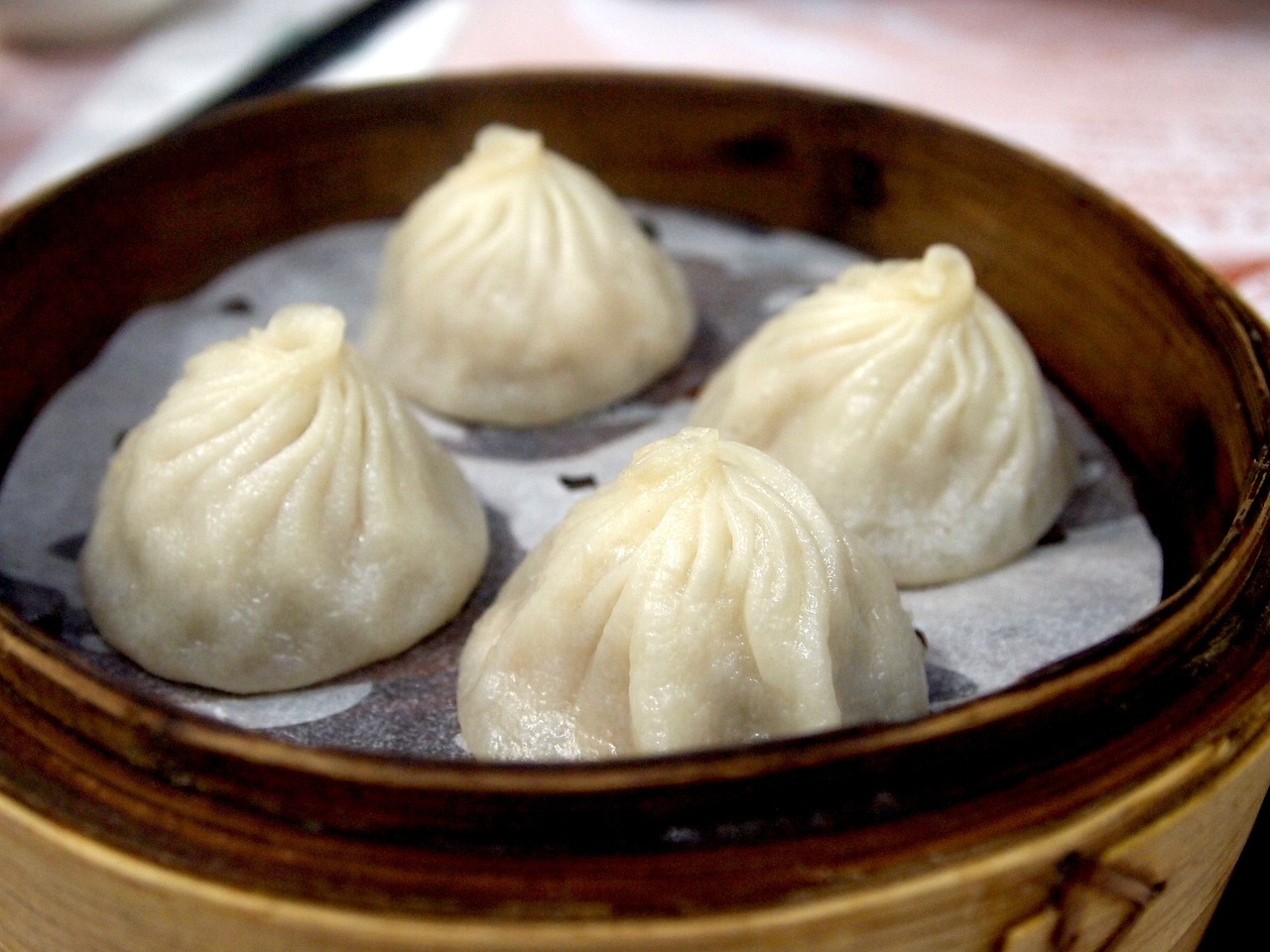Hong Kong cuisine is something everyone should try at least once. While many meals are inspired by other cultures, they still retain a unique character. Hong Kong cuisine is an extraordinary blend of European, Cantonese, Korean, and Japanese influences. Nonetheless, British Cuisine remains the main inspiration for many of the meals served in restaurants and cooked at home.
Culinary Practices and Their Evolution
The British influence on Hong Kong’s Cuisine began many years ago. Traditions like afternoon tea and roast dinners on holidays were among the first culinary practices to become staples in Hong Kong. While afternoon tea was not initially common in the city, today, numerous local cafes serve traditional British scones and other types of pastry alongside traditional Chinese snacks, such as nuomici, mooncakes, and peanut butter buns.
The gradual incorporation of British culinary traditions into the lives of Hong Kong residents resulted in the creation of a number of unique dishes. One of these is the Hong Kong-style milk tea. It consists of Ceylon black tea combined with evaporated and condensed milk. People usually drink this during lunch. According to statistics, more than 900 cups of tea are consumed by residents of Hong Kong daily.
Another interesting culinary practice in Hong Kong is the Hot Pot. The latter is a reason for people to come together and enjoy a delicious meal in the company of others. While this tradition doesn’t originate directly from Britain, it surely resembles British traditions, such as the fondue parties that are quite similar to the Hong Kong-Style Hot Pot gatherings.
More Exceptional Dishes Inspired by the British Cuisine
If you are looking for traditional desserts in Hong Kong, one of the first recommendations is the egg tart. However, this dish didn’t originate in Hong Kong; it was inspired by Britain. The Hong Kong version of this sweet pastry is made from a flaky pastry crust filled with egg custard. It’s available at almost every local bakery.
When it comes to British dishes, fish and chips often come to mind. Thus, it’s not surprising that it’s also a popular meal in Hong Kong cuisine. While the local version is a bit different, it closely resembles one of the UK’s favourite dishes. In Hong Kong, you’re likely to find different types of fish served with fries and various sauces, including combinations of sweet and sour flavours.
Moreover, the famous Dim Sum, one of the most traditional Chinese dishes, has also been given a unique British twist. Some restaurants offer dumplings wrapped in bacon. Beef pies with traditional Chinese spices are also a feature in Hong Kong. Last but not least, the very famous English breakfast is part of many dining menus in Hong Kong. However, several local ingredients are added, including Chinese sausages and rice porridge, known as congee.
Many British enjoy past or macaroni soup. Some even describe it as the ultimate comfort food. The simple yet tasty soup has also entered Hong Kong cuisine. However, instead of using spices and sauces used in the UK, the Chinese have transformed the meal, making it more suitable for locals’ taste. Typically, the Hong Kong-style macaroni soup contains Chinese sausage, green onion, and even dried seaweed.
Further Modernisation of Restaurants
Hong Kong attracts numerous tourists each year, making it essential for restaurants and other popular venues visited by millions of people to offer diverse options. The city’s food culture is highly developed, blending traditional Chinese spices with influences from British Cuisine, among others.
For instance, Mrs. Pound is renowned for its unique tapas that successfully combine Western and Asian flavors, resulting in the creation of exceptional meals. Moreover, Chef Alvin Leung’s X-Trreme Chinese cuisine also integrates British culinary elements, earning his restaurant three Michelin stars, which serves as proof of his talent.
Another prominent figure in Hong Kong’s culinary scene is Richard Ekkebus. While he’s originally Dutch and not British, the chef is well-versed in various cuisines. His vast experience and global travels, particularly across Europe, inspire him to create distinctive meals that align with international flavours.
Final Words
In Hong Kong, British influence extends beyond cultural aspects into Cuisine, enriching traditional local tasty dishes with distinctive British flavours. While Hong Kong boasts a diverse array of traditional meals, many have been creatively enhanced with a British touch. For example, the classic Dim Sum has been uniquely transformed with bacon wraps, showcasing just one instance of this culinary fusion. As Hong Kong continues to evolve, it’s likely that more British-inspired dishes with unique twists will emerge in the future.

